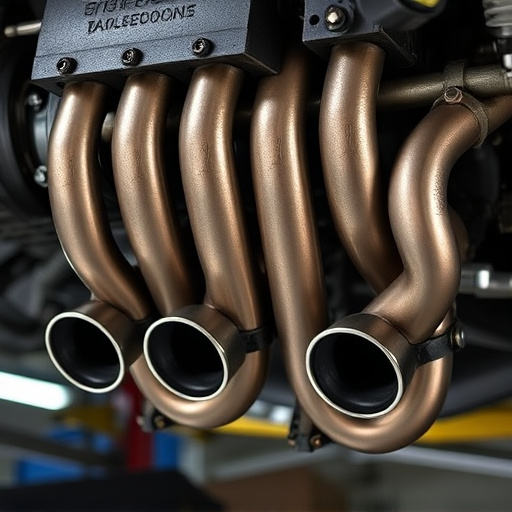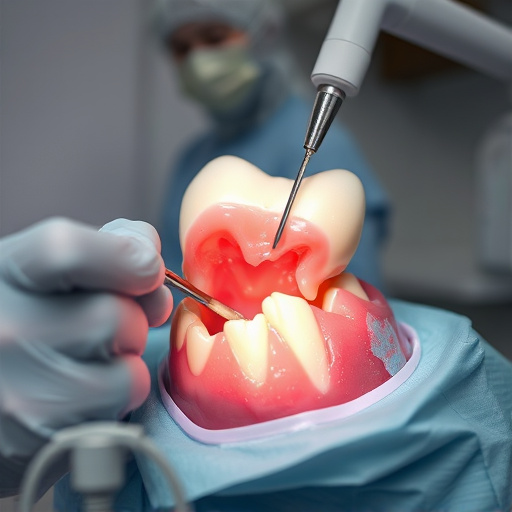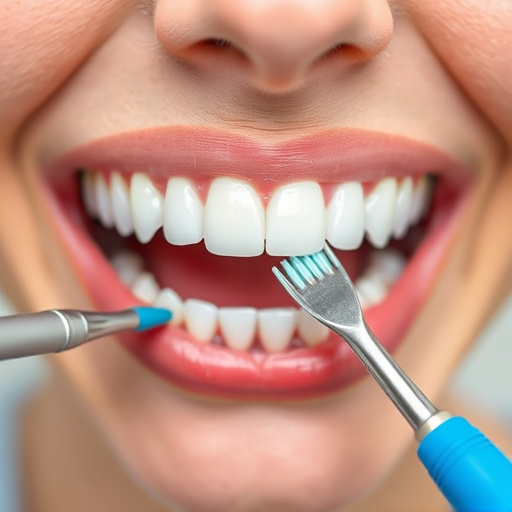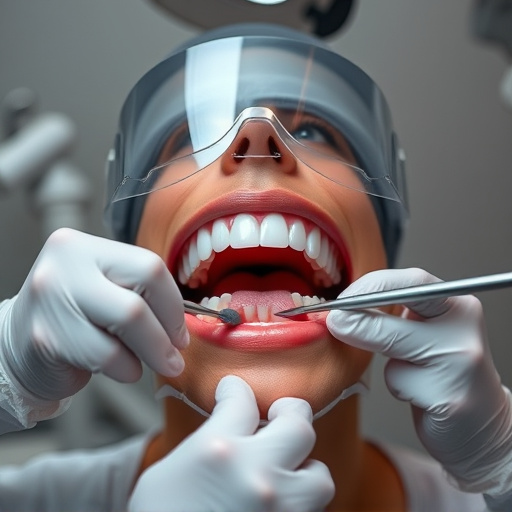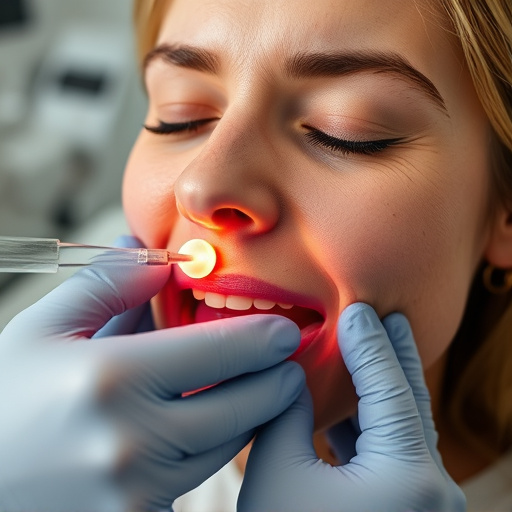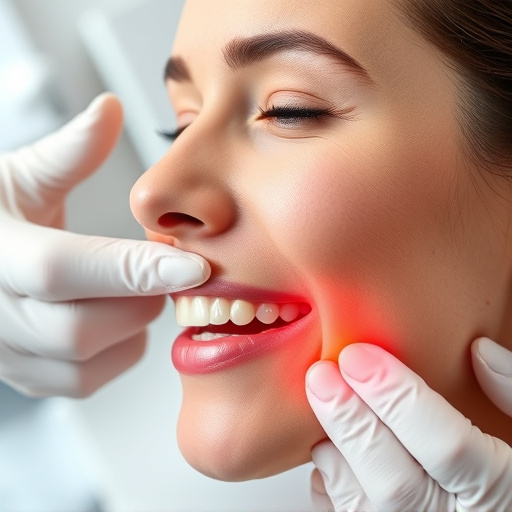Conservative dental treatment emphasizes gentle, minimally invasive care to preserve natural tooth structure. Key techniques include orthodontic alignment for impacted wisdom teeth and clear aligners for minor misalignments. Preventive dentistry through regular check-ups, cleanings, and screenings detects issues early, allowing for conservative solutions like cosmetic fillings instead of invasive procedures. This holistic approach combines evidence-based treatments, proper oral hygiene, and modern materials to reduce dental issues, promote long-term oral health, and save patients from significant discomfort and downtime.
Conservative dental treatment focuses on gentle, minimal-invasive procedures to preserve tooth structure and overall oral health. This approach aligns perfectly with preventive dentistry, which aims to stop dental issues before they start. By combining regular checkups, proper oral hygiene, and advanced techniques, conservative treatments ensure long-term oral care. From routine cleanings to specialized fillings and crowns, this method empowers patients to maintain a healthy smile naturally.
- Understanding Conservative Dental Treatment: A Gentle Approach to Oral Health
- The Role of Preventive Dentistry in Long-Term Oral Care
- Benefits and Techniques for Maintaining a Healthy Smile
Understanding Conservative Dental Treatment: A Gentle Approach to Oral Health
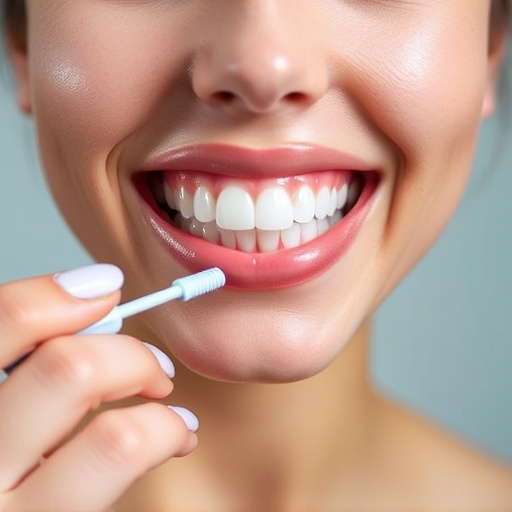
Conservative dental treatment is a gentle approach to oral health that focuses on preventing and treating dental issues with minimal invasive procedures. Unlike more aggressive treatments, it prioritizes preserving natural tooth structure while promoting long-term oral wellness. This method is particularly beneficial for patients who may be apprehensive about dental work or those seeking esthetic improvements without extensive alterations.
One of the key aspects of conservative dental treatment is avoiding unnecessary surgeries and extractions. For instance, instead of removing healthy but impacted wisdom teeth, dentists might recommend other options like orthodontic alignment to make them easier to clean. Similarly, clear aligners offer a less invasive alternative to traditional braces, correcting minor misalignments without metal brackets or wires. General dentistry practices that embrace these conservative approaches help patients maintain their natural smiles while minimizing discomfort and recovery times.
The Role of Preventive Dentistry in Long-Term Oral Care
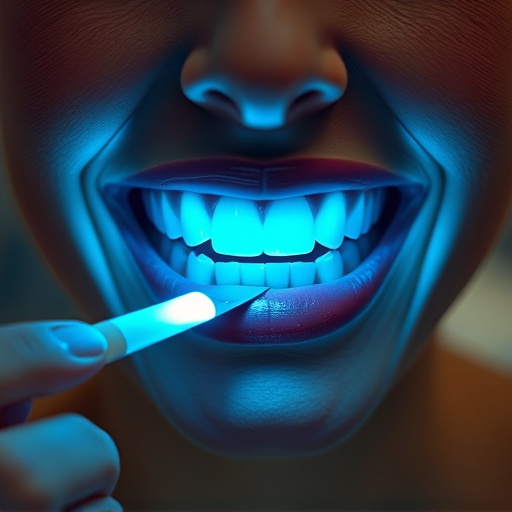
Preventive dentistry plays a pivotal role in ensuring long-term oral health and well-being. It involves a range of strategies and practices aimed at preventing dental diseases and promoting healthy teeth and gums. By focusing on prevention, conservative dental treatment becomes more effective and efficient. Regular check-ups, cleanings, and screenings are fundamental components that help identify potential issues early on, allowing for prompt addressing before they escalate.
In the context of conservative dental treatment, preventive dentistry guides practices such as tooth extractions only when absolutely necessary, opting instead for procedures like cosmetic fillings to restore functionality and aesthetics. Even wisdom tooth removal, a common concern, is approached carefully, considering the potential benefits against risks. This holistic approach ensures that patients receive tailored care that supports their overall oral health journey.
Benefits and Techniques for Maintaining a Healthy Smile
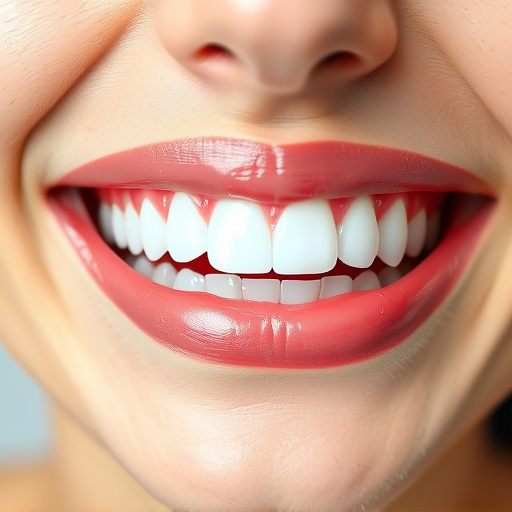
Conservative dental treatment focuses on prevention and maintaining a healthy smile through various techniques. One of the key benefits is avoiding extensive procedures by adopting a proactive approach. Regular dental cleanings play a pivotal role, removing plaque and tartar buildup, which are primary causes of tooth decay and gum disease. Early detection through these cleanings can prevent more aggressive treatments like restorative dentistry or even wisdom tooth removal, which often involves significant discomfort and downtime.
Furthermore, conservative treatment emphasizes evidence-based techniques tailored to individual needs. This includes using modern materials for fillings, crowns, and veneers, ensuring durability and minimal interference with natural teeth structures. By combining these practices with proper oral hygiene at home, patients can significantly reduce the risk of dental issues, promoting long-term oral health and saving time, money, and discomfort compared to reactive or extensive dental procedures.
Conservative dental treatment offers a gentle yet effective approach to oral health, focusing on prevention and long-term care. By adopting these principles, individuals can achieve and maintain a healthy smile, reducing the need for extensive, more invasive procedures. Integrating preventive dentistry into routine oral care routines is key to avoiding future issues and ensuring a lasting, vibrant oral health landscape.







